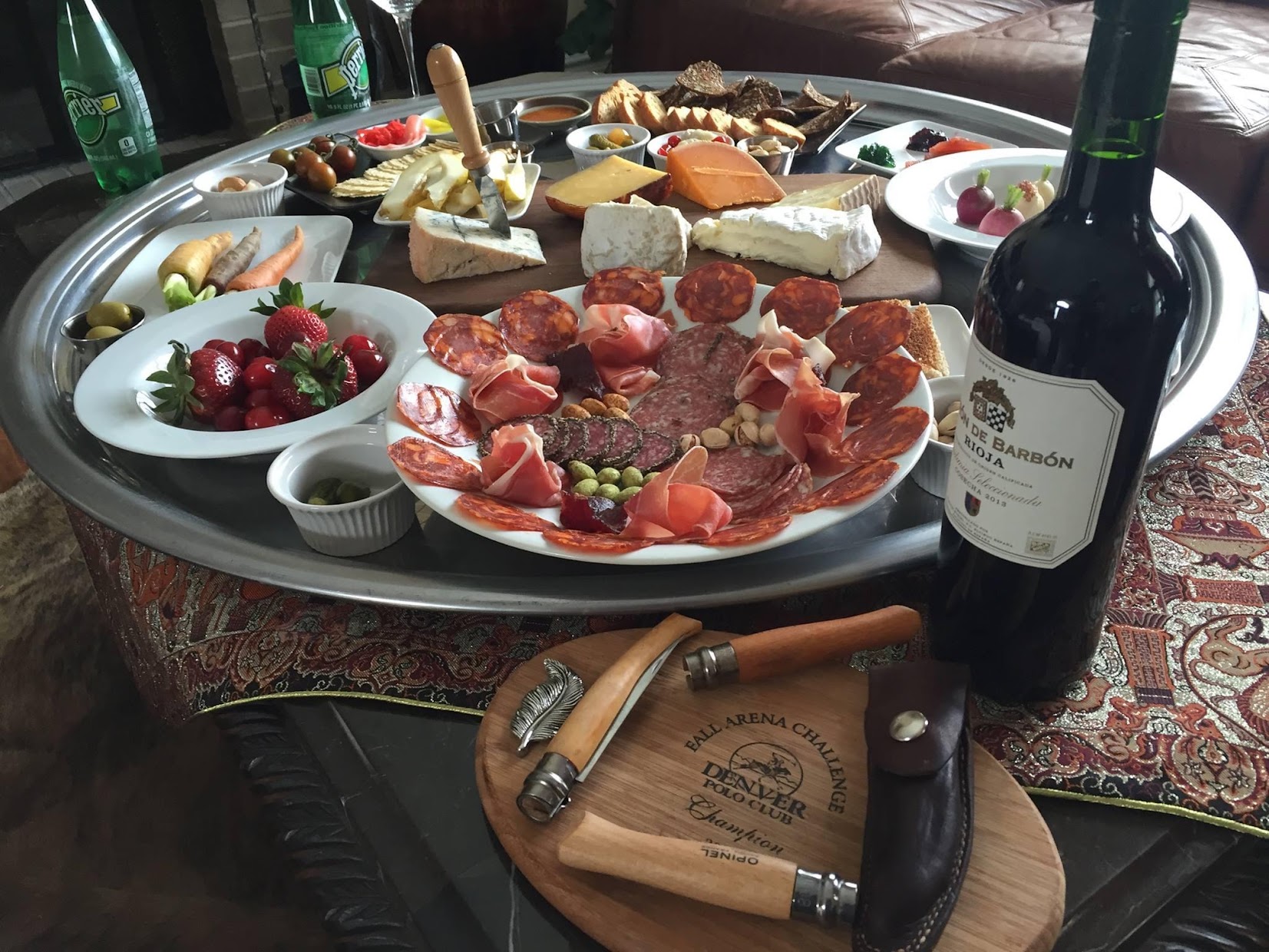While polo is played in South Africa, they have no mounted foxhunting there, so why we have a South African braai after foxhunting, put on by the polo players in the hunt, is a bit hard to explain. In any event, it's become the best "hunt breakfast"of the year, and since none of our hunt "breakfasts" are served before lunch time, this is also hard to explain why we call them such. This description adapted from Wikipedia: A braai is imilar to a potluck party, this is a social event which is casual and laid-back, where family and friends converge on a picnic spot or someone's home (normally the garden or verandah) with their own meat, salad, or side dish in hand. Meats are the star of the South African braai. They typically include boerewors, sosaties, kebabs, marinated chicken, pork and lamb chops, steaks, sausages of different flavors and thickness, and possibly even a rack or two of spareribs. Fish and rock lobster commonly called "crayfish" or kreef in Afrikaans, are also popular in coastal areas to add to the braai. The other main part of the meal in some regions of the country is pap (/ˈpɑːp/, meaning porridge), actually a thickened porridge, or the krummelpap ("crumb porridge"), traditionally eaten with the meat. Made from finely ground corn/maize (similar to polenta), it is a staple of local African communities and may be eaten with a tomato and onion sauce, monkeygland sauce or the more spicy chakalaka (a/k/a trainsmash) at a braai. The pap is cooked in a potjie pot, which is a cast iron kettle, typically with three legs made to sit on or near the fire side. Biltong is also popular, which is cured




